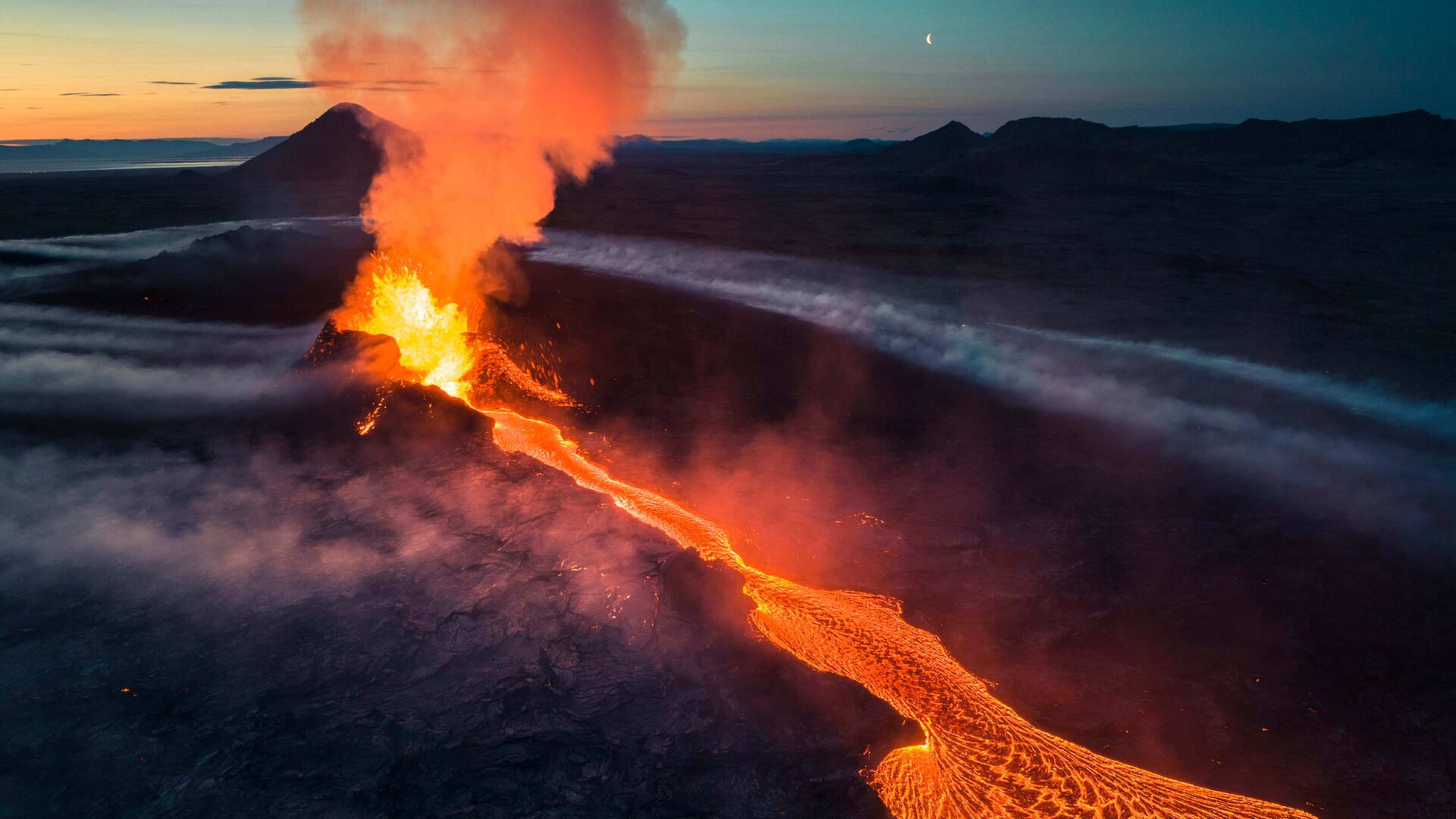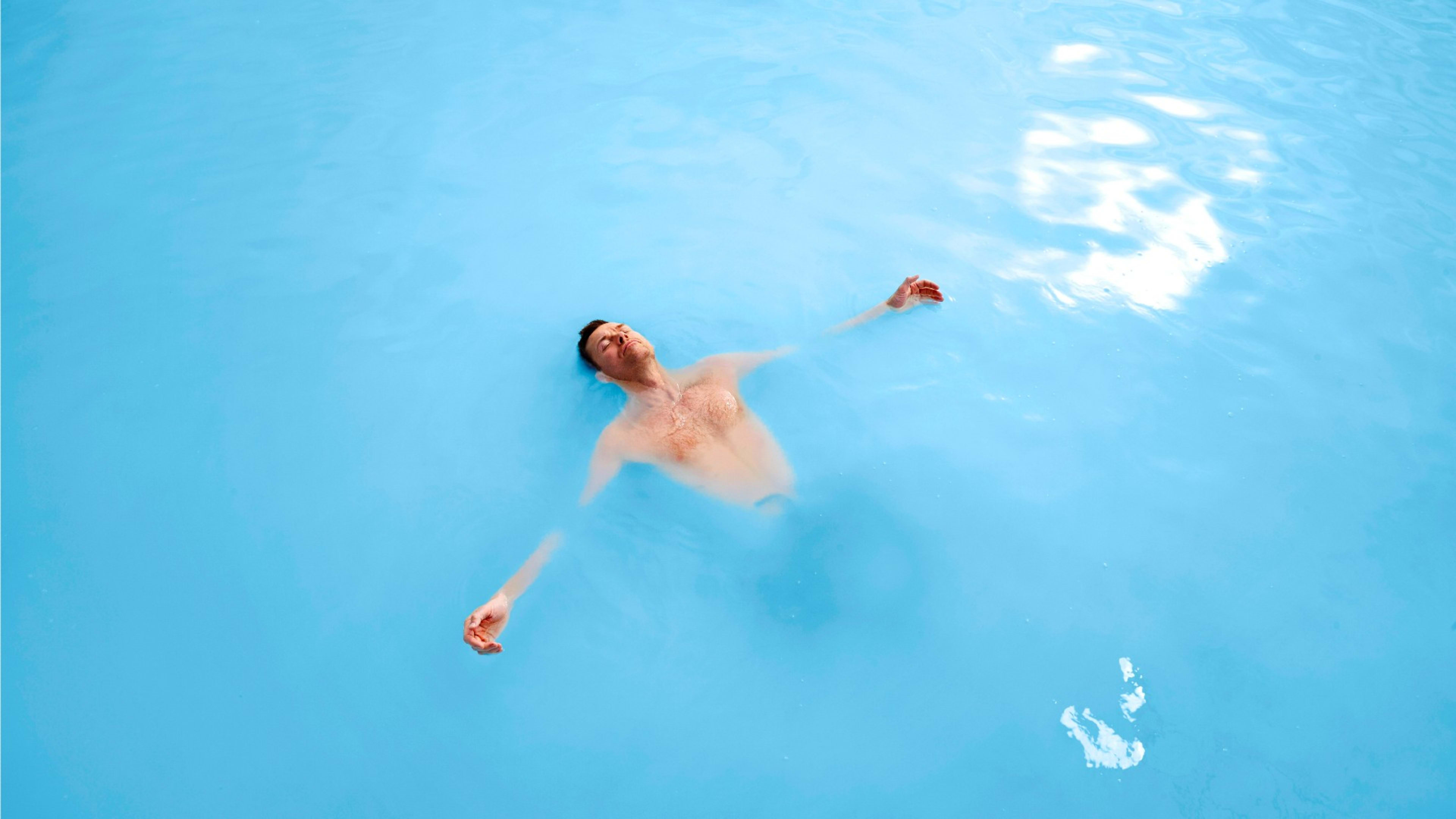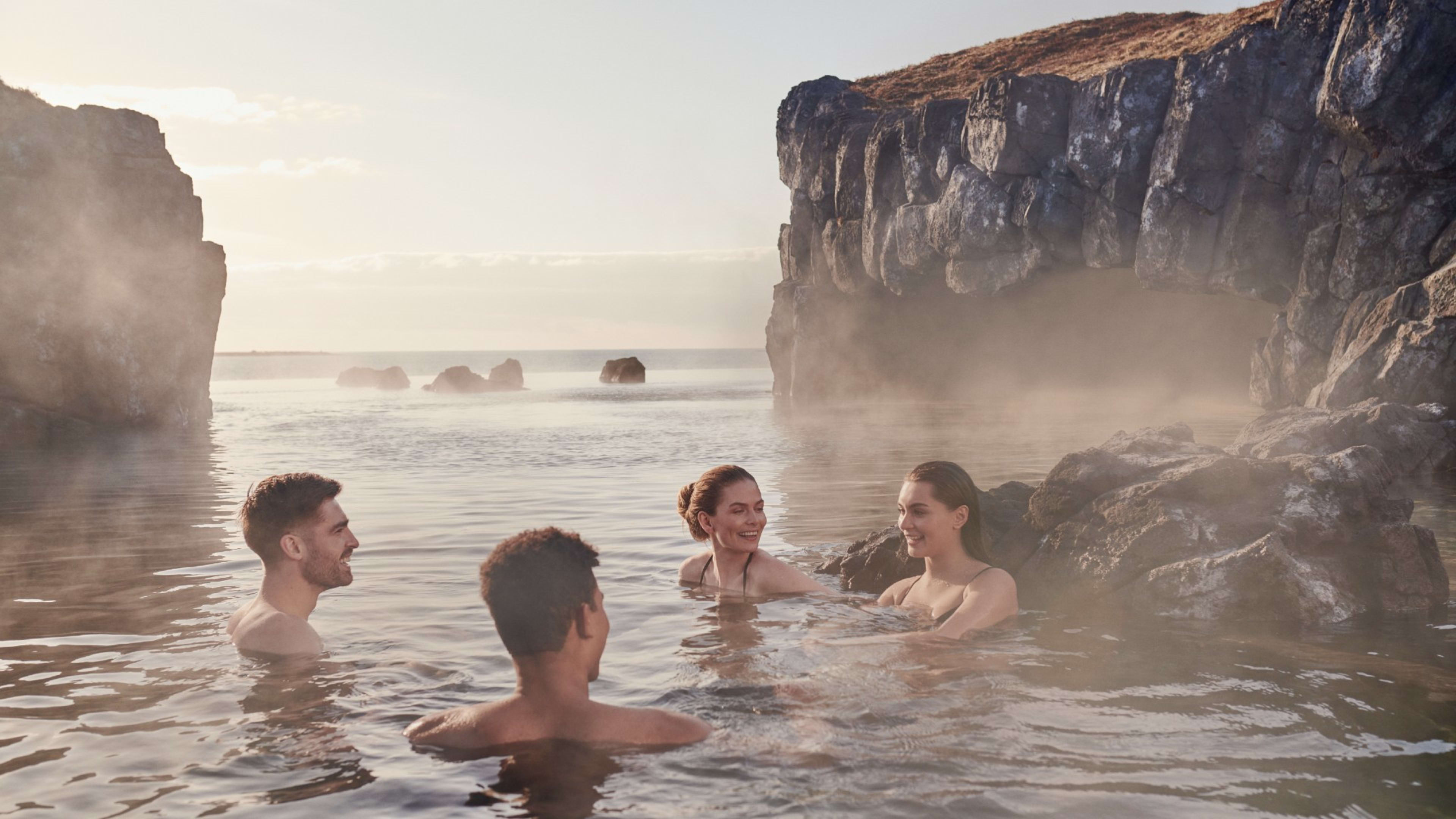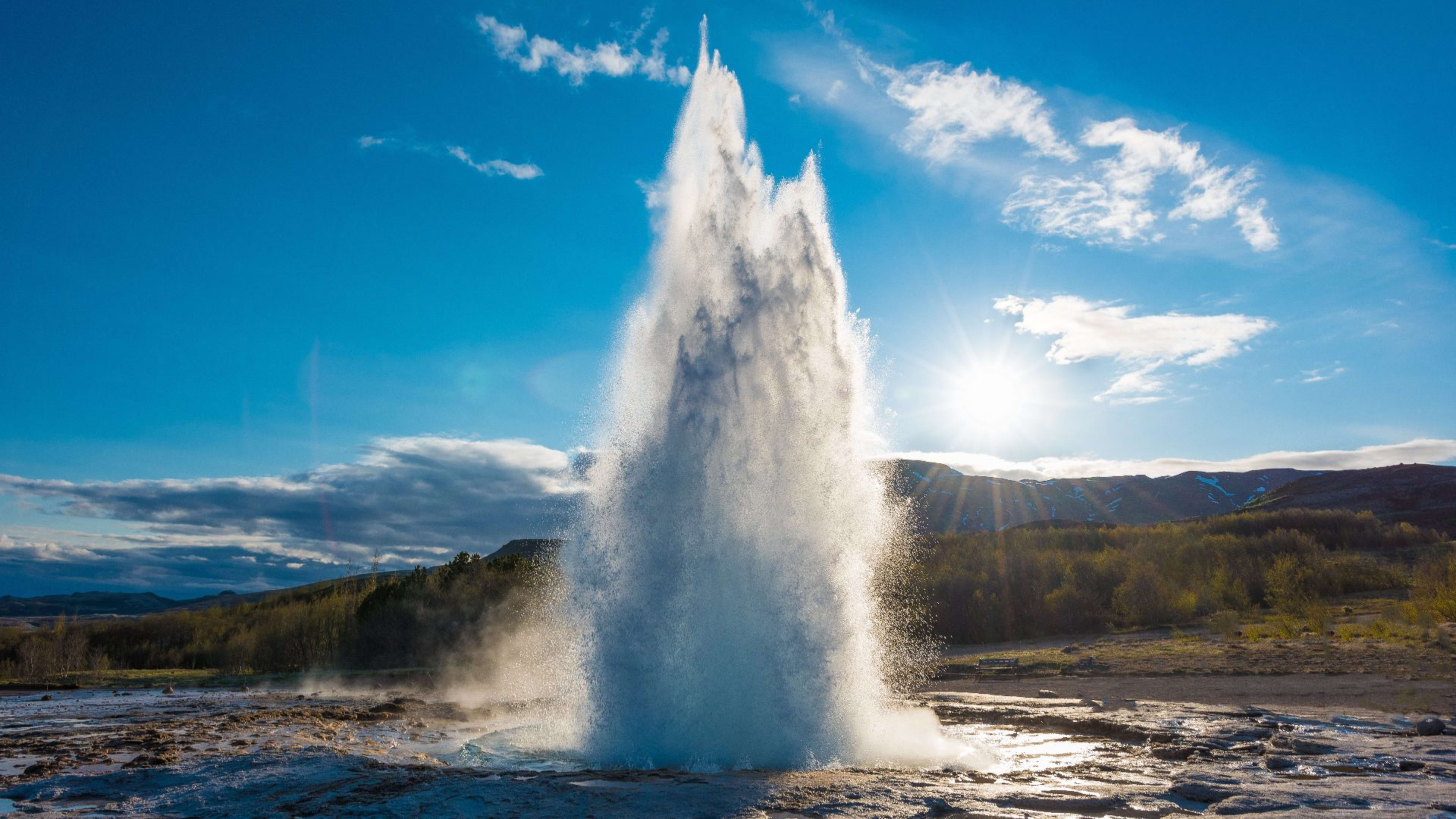Your guide to the Fagradalsfjall eruptions
Fagradalsfjall volcano in Iceland erupted onto the scene as a hot new attraction in March 2021. Since then, there have been eruptions every year in the same region, but with different fissures.
Unlike so many volcanoes in Iceland, which are remote and difficult to get to, you can easily reach the Fagradalsfjall eruption site. It’s located on the Reykjanes peninsula, around a 50 km (31 mi) drive from the capital city of Reykjavík.
With just slow-flowing lava spilling into an uninhabited valley, the volcano was considered safe to visit even during the eruption.
If you want to see the lava fields for yourself, you can choose from hiking trails that’ll take you to the 2021, 2022, or 2023 eruption sites.
How to plan a safe trip to Fagradalsfjall, Iceland
Before setting out, we recommend checking our volcanic activity update and these websites for up-to-date information, and to find out if there are any warnings in place:
It’s also a good idea to see what the weather has in store on the Icelandic Meteorological Office website. This way you’ll know what conditions to pack for. And if the forecast isn’t looking good, you can reschedule your hike to the eruption site for another day.




